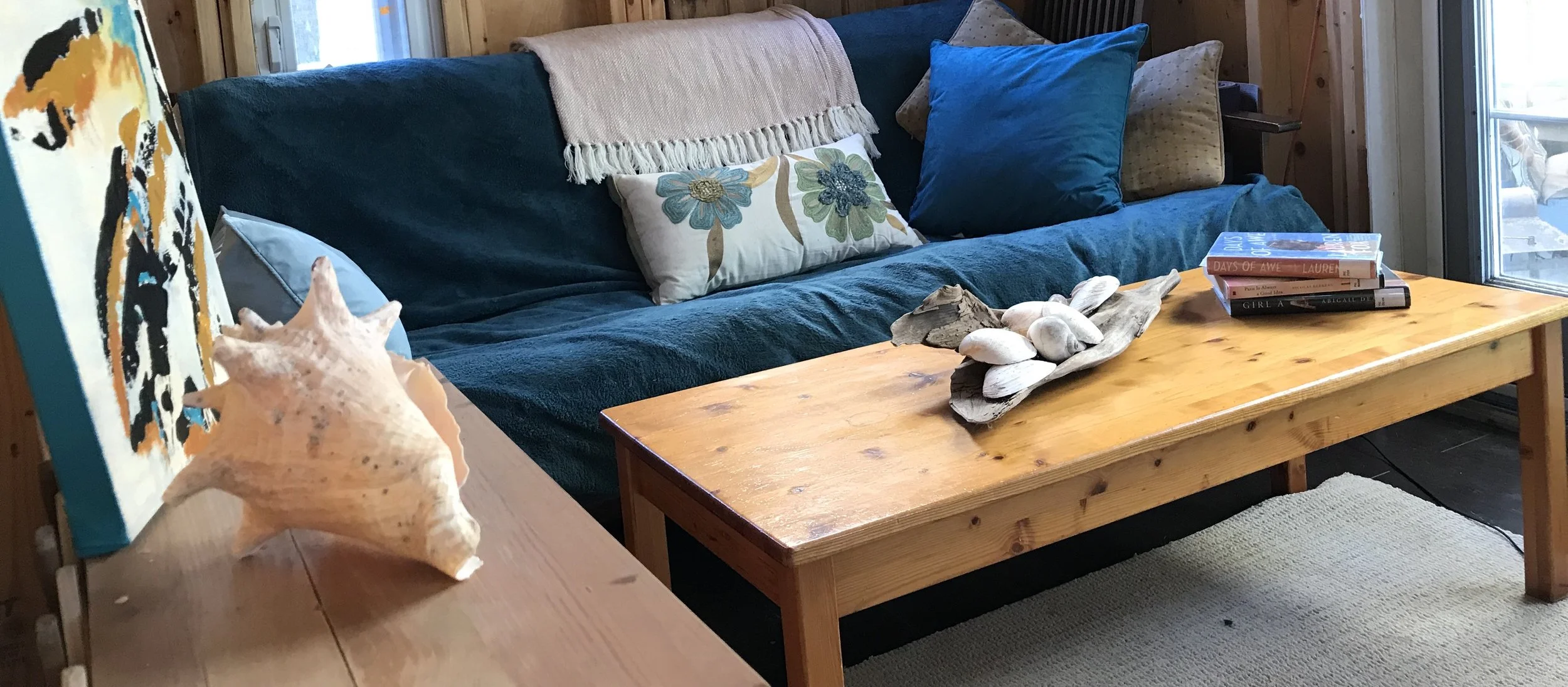Breathing for Inner Peace
/In this series on stress, we’ve been talking about how stress impacts the body and mind and the practices we can do to shift from stressed to relaxed. In this blog, we will explore one of the most fundamental and simple tools to regulate your nervous system. Your breath.
No matter what relaxation practice you use, 99.9 percent of the time it will involve your breath. Conscious abdominal breathing for example, can effectively shift your nervous system into the relaxation response in about 5 minutes. This is a tangible, measurable change.
If you’ve come in to my office for reflexology or any of my other services, you’ll know that we always start with at least a few minutes of breathing.
The breath shifts our mental, emotional and physiological state. It is controlled by the autonomic nervous system so we don’t have to think about every breath we take over our lifetime! This is both a blessing and a curse.
The autonomic nervous system controls regulatory systems in the body like blood pressure, body temperature, heart rate and the breath. When we are relaxed, the breath is generally rhythmic, deep and slow. We use the primary breathing muscles; the diaphragm and abdominal muscles to push and pull air in and out of the lungs. When we are stressed the breaths become short, rapid and more shallow and we use the less efficient secondary muscles in the chest and neck. All of this happens without our conscious awareness.
Therein lies the secret to managing stress. We can make the unconscious breath, conscious, and thereby take charge of our response to a stressful situation.
The yoga tradition teaches us different breathing techniques. Some calm the nervous system while others activate it. Calming breathing techniques induce the relaxation response in the following way.
Consciously slowing and deepening the breath reducing the stress hormone cortisol. As we have seen in previous blogs in this series, high cortisol levels have a significant impact on the mind and body. Prolonged high cortisol levels can lead to potentially life altering diseases like high blood pressure, diabetes and heart conditions.
Focusing on the breath helps to take our thoughts away from whatever was causing the stress response in the first place, allowing the body and mind to become more regulated.
Short, shallow breaths can cause an imbalance in carbon dioxide and blood oxygen levels causing dizziness, muscle tension and anxiety. If you’ve ever had a panic attack, you know exactly how that feels. Slower, deeper breaths restore normal levels of carbon dioxide and oxygen making us feel more calm and balanced.
Slow, deep abdominal breaths with a longer exhale allows the prefrontal cortex of the brain to be more engaged. This allows us to make more rational decisions.
Learning to consciously control your breath is something we can all do. It’s not even something we have to learn. We simply need to remind ourselves to breath in a relaxed way when we are stressed.
One of the most effective breathing techniques to calm the nervous system is abdominal breathing.
Give it a Try
Put one hand on your chest and one on your belly just below your belly button. Sit with your spine straight and your abdominal area relaxed. Take a few breaths. You should feel your belly naturally move away from the spine as you inhale and fall back towards the spine as you exhale. When we are relaxed, the exhale is usually slightly longer than the inhale and there is a slight pause and the end of the exhale. The next inhale happens spontaneously and the cycle begins again.
If you find you have trouble doing abdominal breathing, keep practicing! You may just be in the habit of “chest breathing” or “reverse breathing” (when your belly moves IN on the inhale instead of out.) Chronic stress can cause all sorts of habitual breathing patterns that keep our systems activated.
Learning how to shift your breathing patterns consciously is a really good tool to have when life stresses you out!
If you’d like to explore the power of breath further, check out the resource below.
Resources
Breathing Course-free preview
You can access parts of my Breathing for Life online course free including a short yoga practice that helps you access and evaluate your breath. This course is also included as a free add-on when you purchase any of my relaxation therapy packages.

